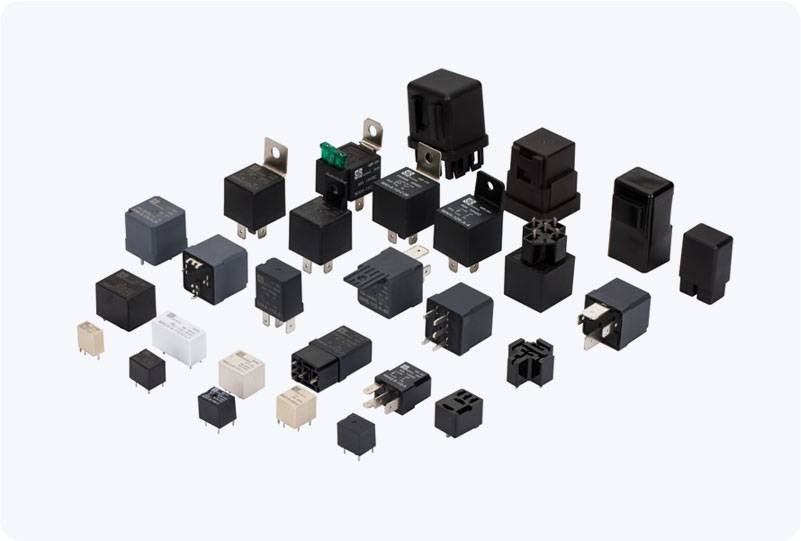In various industries such as oil and gas, chemical processing, and power generation, certain operational areas are classified as hazardous due to the presence of flammable gases, combustible dust, or volatile chemicals. In these environments, electrical equipment must be specifically designed to prevent accidents such as sparks or overheating, which could ignite dangerous materials. One of the most critical components used to ensure safe operations in these areas is the Hazardous Area Relay. These relays play a pivotal role in controlling and safeguarding electrical circuits, ensuring both operational efficiency and safety in hazardous environments.

What is a Hazardous Area Relay? A Hazardous Area Relay is a type of electrical relay that is specifically designed to be used in hazardous locations, where explosive gases, dust, or other dangerous substances are present. These relays are built to meet stringent safety standards, such as the IECEx or ATEX certifications, ensuring that they do not pose a risk of sparking or causing any form of ignition that could lead to an explosion or fire. They are critical in industries where electrical equipment must be used in proximity to volatile or potentially explosive substances. These relays serve as a vital component in controlling and protecting circuits by switching electrical loads on or off based on specific conditions. Hazardous area relays can be used for controlling machinery, lighting, alarms, and other safety systems, as well as for protecting sensitive equipment from overcurrent, overvoltage, and other electrical faults.